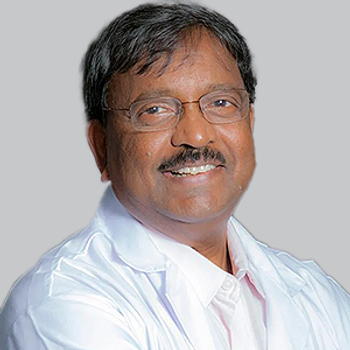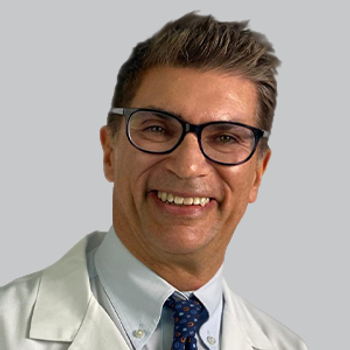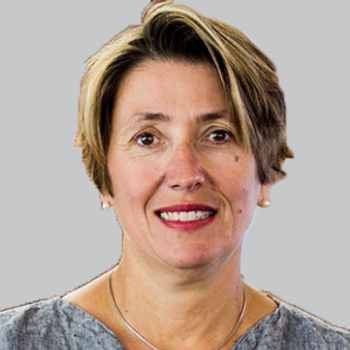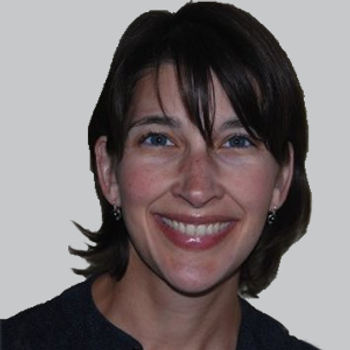
How Simulations Can Improve Non-Clinical Competencies in Neurology Education
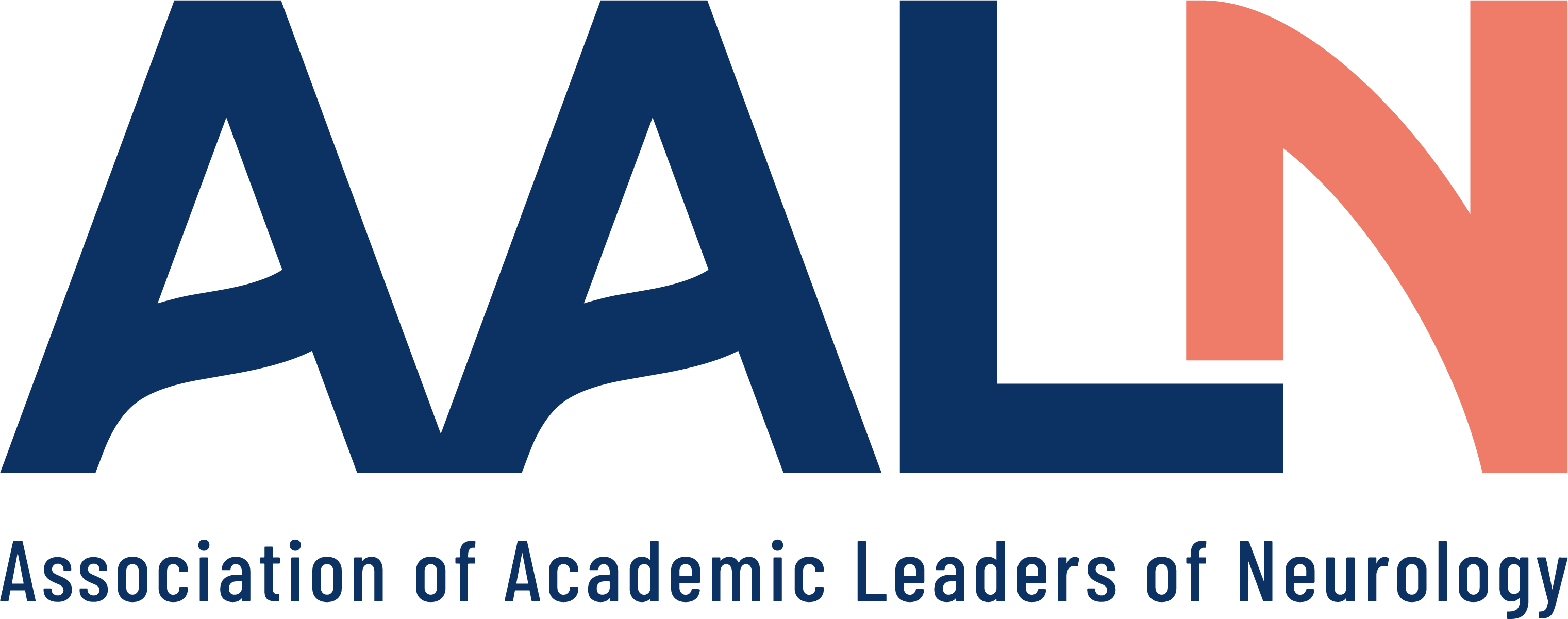
Nuri Jacoby, MD, neurologist at Maimonides Medical Center and SUNY Downstate, previewed a hands-on session at the upcoming AUP Annual Meeting exploring how simulations can teach communication, professionalism, and feedback skills in neurology training.
The
Prior to the meeting, NeurologyLive® sat down with neurologist Nuri Jacoby, MD, who is set to chair a Program Director Workshop on Using Simulations to Evaluate Competencies Beyond Medical Knowledge. Alongside him will include Arielle Kurzweil, MD; Jeremy Moeller, MD; and David Lerner, MD, to present different prospectives on the topic.
In this Q&A, he previews the structure of his upcoming session, shares examples of impactful simulation scenarios, and discusses how they can help address gaps in neurology training. Jacoby, a neurologist at Maimonides Medical Center and SUNY Downstate, discussed how simulation-based education can be used to evaluate competencies beyond just medical knowledge–focusing on communication, professionalism, and teaching. He also weighs in on the evolving needs of today’s learners and how to incorporate experiential education without adding to burnout.
NeurologyLive: What will your session entail and why should the clinician community tune in?
Nuri Jacoby, MD: I think people are generally familiar with simulations—they've been used for a long time, primarily focused on medical knowledge and patient care competencies. Think about acute situations like someone presenting with a stroke or status epilepticus. We use high-fidelity mannequins and simulations across residency programs. Medical students also use simulations when learning physical exams or how to interview patients.
But what we’re talking about in this session is different. These simulations focus on other core competencies—communication skills, professionalism, and teaching. These aren’t typically taught in a formal setting. Most of us learned them by observing mentors or just figuring it out on the job. In our session, we’re focusing on simulations that help learners practice delivering bad news, for instance, telling a patient they have ALS or a functional neurologic disorder, or informing a family about a poor prognosis. These are very real parts of our jobs, and yet many of us were never observed doing them during our training.
With these simulations, learners—whether they're med students, residents, fellows, or faculty—get the opportunity to be in a controlled setting with a standardized patient or learner. They practice the communication, then get structured feedback from a preceptor. We’re also using simulations to teach professionalism—how to address an impaired colleague, how to disagree respectfully with another physician, or how to handle conflict with a consulting service. There are actual strategies and evidence-based methods for navigating these situations, and simulation offers a great way to teach them.
What are some of the skills or educational benefits attendees might gain from this session?
The session is broken into three parts, and we’ve got fantastic faculty involved—Jeremy Moeller from Yale, Aerial Kurzweil from NYU, and David Lerner from One Brooklyn Health. All of us have experience using these types of simulations in training.
The first part is foundational—we’ll give attendees background on how these simulations work, why they matter, and how to design them. The second part is hands-on: attendees will actually develop their own simulation scenarios, coming up with objectives, outlines, and thinking through potential barriers and solutions. Then in the third part, they’ll see one played out in real time. One of us will act as the learner, another as the standardized patient, and one will serve as the preceptor.
The goal is to give people the tools to bring this back to their own institutions, whether it’s for student training, resident education, or even faculty development. For example, at my own institution, we created a simulation specifically to train faculty on how to give feedback to residents—and it’s been very effective.
How are simulations like these evolving to match the needs of the newer generation of learners?
That’s a great point. In general, today’s learners—and really, all adult learners—tend to respond well to experiential learning. You can see this shift at major conferences like AAN, where education sessions are increasingly interactive. There are fewer lectures and more small-group sessions, project building, and peer discussion.
Simulations fit right into that model. They let learners practice, make mistakes, and get feedback in a safe environment. And technology will play an even bigger role going forward. There’s already a project using AI—a kind of ChatGPT-like tool—to help with clinical reasoning by providing symptom scenarios, simulated exams, and immediate feedback.
Imagine if that kind of technology could be used for communication skills: if AI could give feedback on how empathetic you were or how well you listened. That’s definitely on the horizon.
How do you balance these new methods with the traditional demands of medical education?
It’s a challenge, for sure. There’s always a risk of overwhelming residents with more and more competencies to learn on top of an already massive knowledge base. That’s why we make simulation a protected part of the curriculum. When residents participate in these simulations, they’re excused from clinical duties for those few hours.
We also provide pre-reading a few weeks in advance, so they have time to prepare. It’s about integrating these skills into the training in a way that’s deliberate—not just layering them on top of everything else. We’re trying to say: this is important. This isn’t extra. It’s essential.
Newsletter
Keep your finger on the pulse of neurology—subscribe to NeurologyLive for expert interviews, new data, and breakthrough treatment updates.


